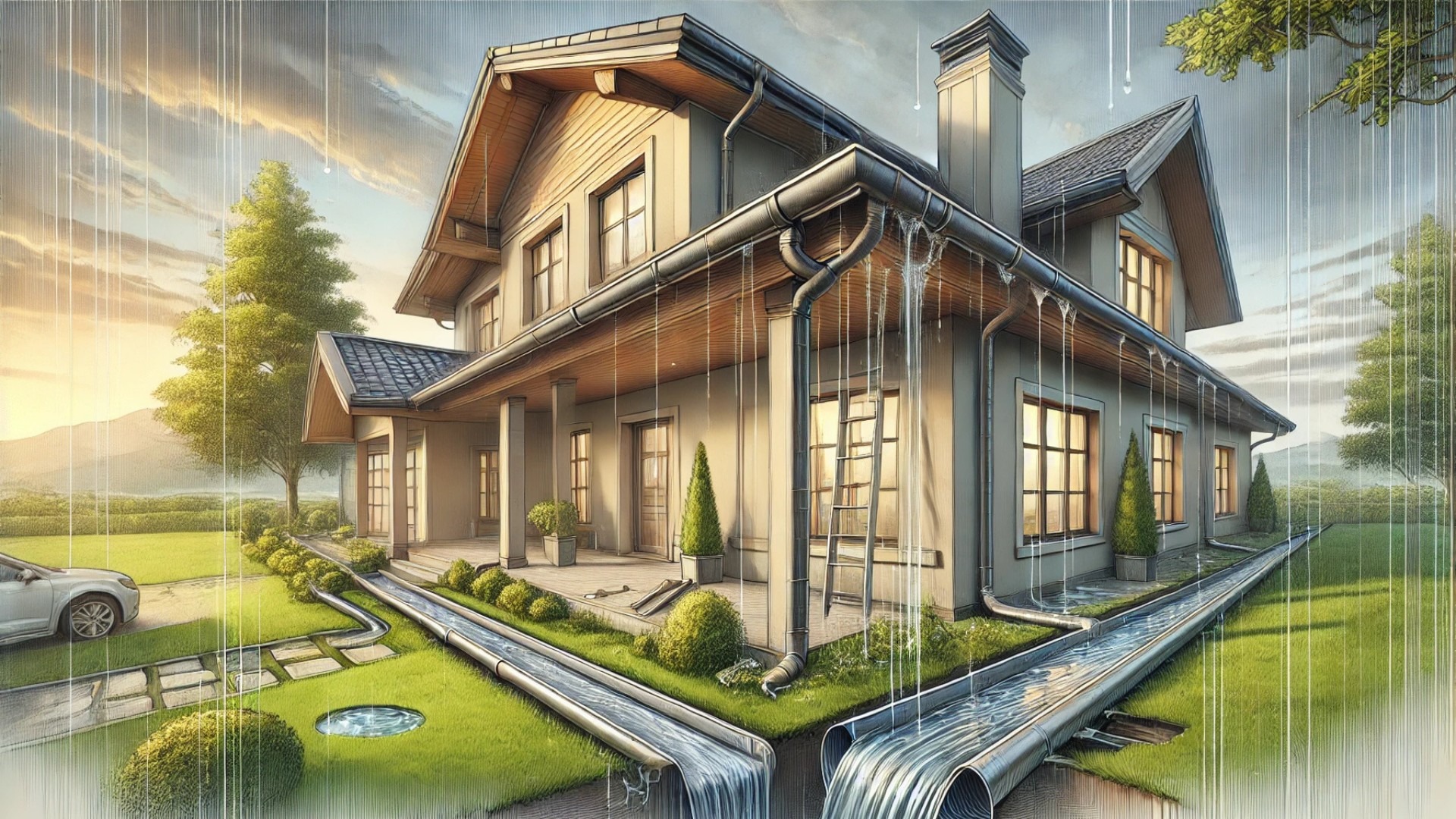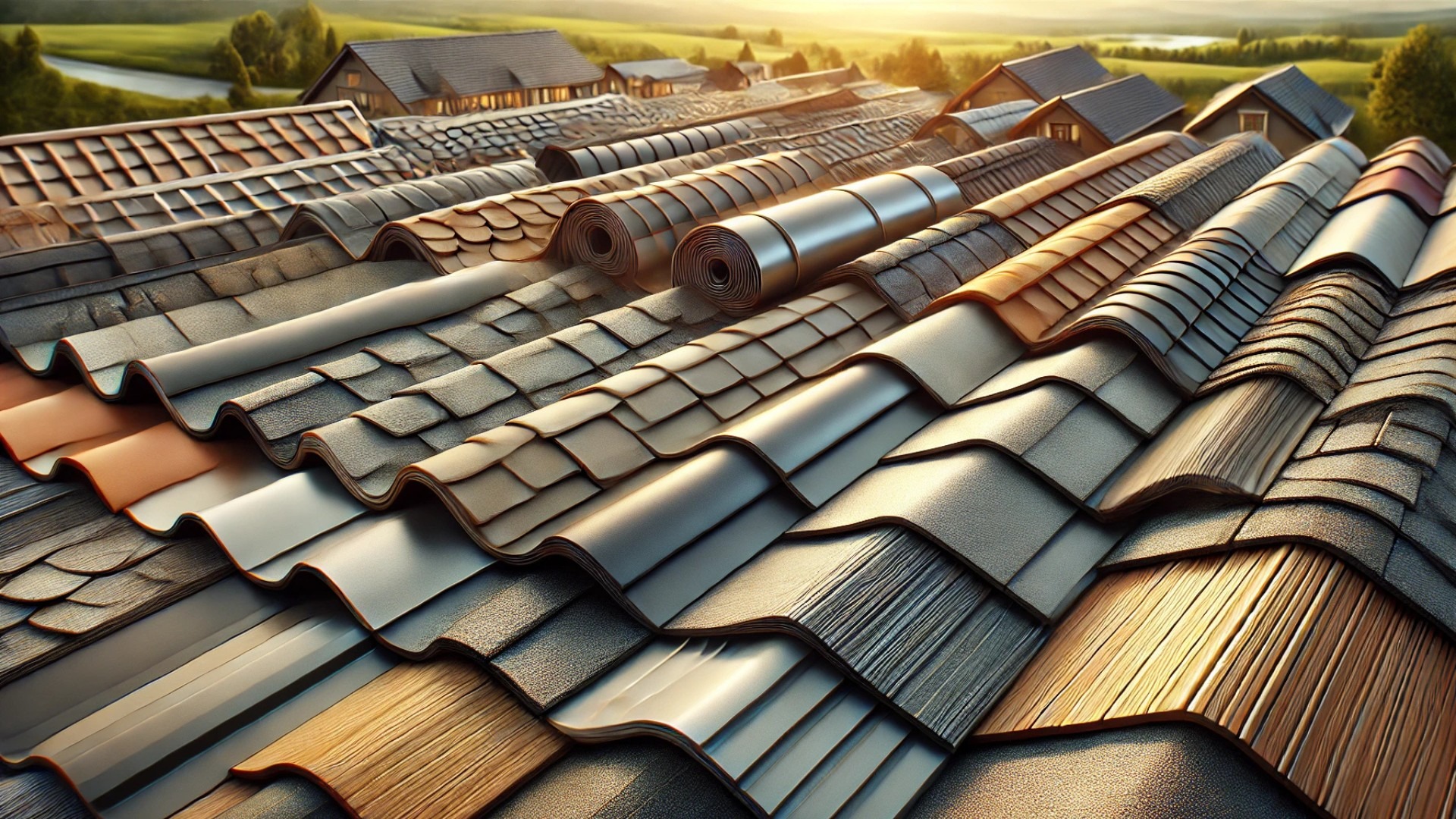
Recognizing Signs of Improper Gutter Installation
Gutters serve as vital guardians for your home, expertly directing rainwater away from your property to prevent costly water damage. A poorly installed gutter system, however, can lead to a host of issues that many homeowners may fail to notice until it’s too late. Understanding the telltale signs of improper gutter installation can arm you with the knowledge needed to address these problems before they escalate into more significant repairs.
Water Overflow During Light Rain
One of the most immediate signs that your gutters may be improperly installed is experiencing water overflow even during light rain. This typically points to drainage issues, often resulting from incorrect placement or slope of the gutter system. Gutters should always angle slightly toward downspouts—typically 2-3 millimeters for every meter—to facilitate the drainage of water. If you see water cascading over the edges, it’s a clear indication that adjustments are needed. Consulting a professional can ensure your gutters are properly sloped to enhance water flow.
Visible Gaps Between Gutters and Roof Edge
Another red flag is the presence of gaps where the gutter meets the roof. Such gaps can occur when bolts become loose or measurements during installation were inaccurate. These openings allow water to seep behind the gutters and can lead to rot in the soffit boards over time. A simple inspection of clamps and, if necessary, the replacement or repositioning of brackets can rectify these gaps. Ensuring a snug fit will guard against moisture infiltration.
Identifying Sagging Gutters
Sagging gutters are not just an aesthetic concern; they indicate that your gutter system lacks proper support. This sagging can result from spacing that is too distanced between the supporting frames. Recommended spacing should be around 60 centimeters, depending on the gutter material. Reinforcing your system with additional hangers will prevent sagging and prolong the lifespan of your gutters.
Problems with Water Accumulation Around Your Foundation
If you notice water pooling around your home’s foundation, it might be a sign that your downspouts are misaligned or not extending far enough to direct water away effectively. To avert potential foundational damage, ensure downspouts extend at least 1.5 meters away from the building. Sometimes, simple extensions or splash blocks can redirect water and maintain your home’s foundation integrity.
Addressing Leaks at the Connections
Leaking joints in your gutters can spell disaster for your walls and foundation if not addressed promptly. Over time, seals can degrade, leading to larger leaks that may necessitate significant repairs. In many cases, applying quality gutter caulk to reseal these joints can suffice. For severe cases with significant damage, replacing affected sections may be the more prudent choice.
Improper Downspout Placement
Downspouts positioned too close to walkways or roads can create hazardous conditions, leading to slippery surfaces. It's essential to consider the natural slope of your property and install downspouts accordingly to avoid creating puddles. Adjusting their placement can significantly alleviate these risks.
Future Maintenance Considerations
Once you’ve identified issues with your gutters, the next step is implementing a regular maintenance schedule to prevent future problems. Cleaning your gutters at least twice a year will keep them functioning optimally and extend their life. Regular inspections will allow you to catch small problems before they develop into costly repairs. Investing a bit of time now will save you hassle and money later.
Understanding how to properly install, maintain, and troubleshoot your gutter system is essential for every homeowner looking to protect their investment. By identifying these early signs of improper installation, you can take proactive steps to fix issues before they cascade into significant problems. Don't hesitate to consult professionals if needed, as they can provide tailored support and ensure your gutters protect your home for years to come.
 Add Row
Add Row  Add
Add 

 Add Row
Add Row  Add Element
Add Element 




Write A Comment